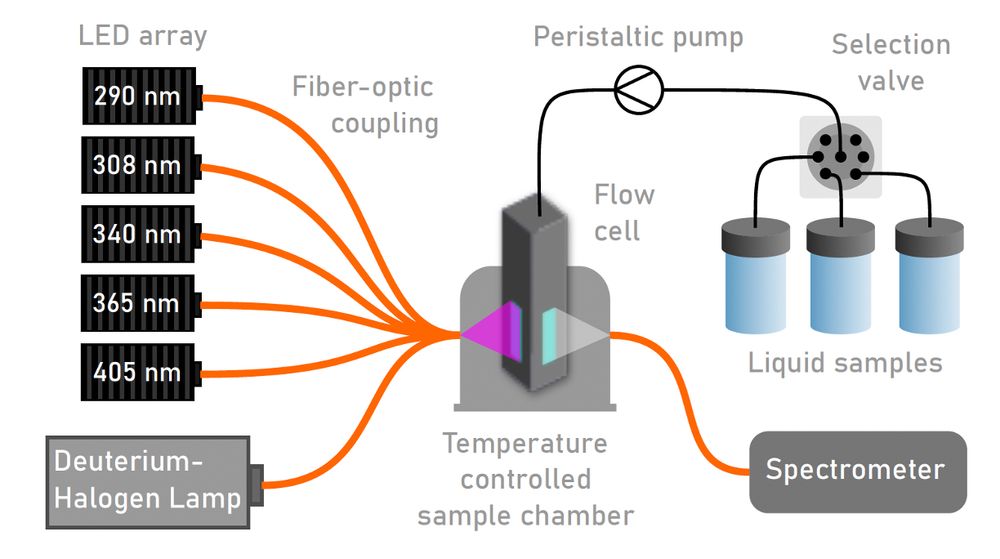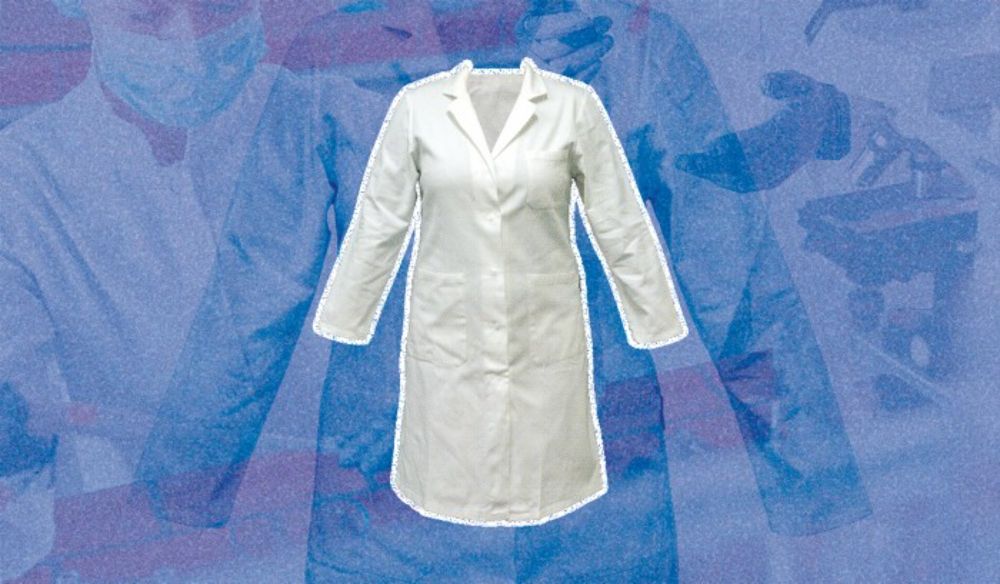Roza
@rozarehana.bsky.social
65 followers
67 following
15 posts
PhD student @FeringaLab, working on molecular switches & smart materials 👩🔬 Passionate about sustainability & intersectional feminism 😍🏳️🌈
Views are my own
Posts
Media
Videos
Starter Packs
Reposted by Roza
Reposted by Roza
Reposted by Roza
Reposted by Roza
Dr Malice
@atarbuck.bsky.social
· Aug 2
Reposted by Roza
Reposted by Roza
Reposted by Roza
Reposted by Roza
Reposted by Roza
Reposted by Roza
Nature
@nature.com.web.brid.gy
· May 3

Trump proposes unprecedented budget cuts to US science
Nature, Published online: 02 May 2025; doi:10.1038/d41586-025-01397-1
Huge reductions, if enacted, could have ‘catastrophic’ effects on US competitiveness and the scientific pipeline, critics say.
www.nature.com
Reposted by Roza
A. Combe
@adriencmb.bsky.social
· Apr 29

Photoactuating artificial muscle from supramolecular assembly of an overcrowded alkene-derived molecular switch - Nature Communications
The amplification of molecular motion along length scales for macroscopic muscle-like functions provides attractive opportunities ranging from soft actuators to responsive biomedical materials. Here, ...
doi.org
Reposted by Roza
Feringa Lab
@feringalab.bsky.social
· Mar 5
Reposted by Roza
Reposted by Roza
Reposted by Roza
jamelle
@jamellebouie.net
· Apr 13
Roza
@rozarehana.bsky.social
· Apr 12
Robert Hein
@robertheinchem.bsky.social
· Apr 11

Multi-State Redox and Light-Driven Switching of Pseudorotaxanation and Cation Shuttling
The modulation of molecular recognition underpins numerous wide-ranging applications and has inspired the development of a myriad of switchable receptors, in particular photo- or redox-responsive hosts. Herein, we report a highly versatile three-state cation receptor family and switch system based on an overcrowded alkene strapped with crown ethers, which can be switched by both redox and light stimuli, thereby combining the advantages of both approaches. Specifically, the neutral switches can be quantitatively converted between anti- and syn-folded receptor geometries by irradiation, leading to the discovery of a significant increase or decrease in cation binding affinity, which was exploited to shuttle the pseudorotaxane-forming dibenzylammonium guest between the switchable crown ethers of slightly different sizes. Alternatively, two-electron oxidation to the orthogonal, dicationic, nonvolatile state completely turns off cation binding to the host, thereby ejecting the guest. Upon reduction, the metastable syn-folded state is first formed, which then thermally relaxes, resulting in a unique, autonomous, and cation-dependent multistate switching cascade.
pubs.acs.org















